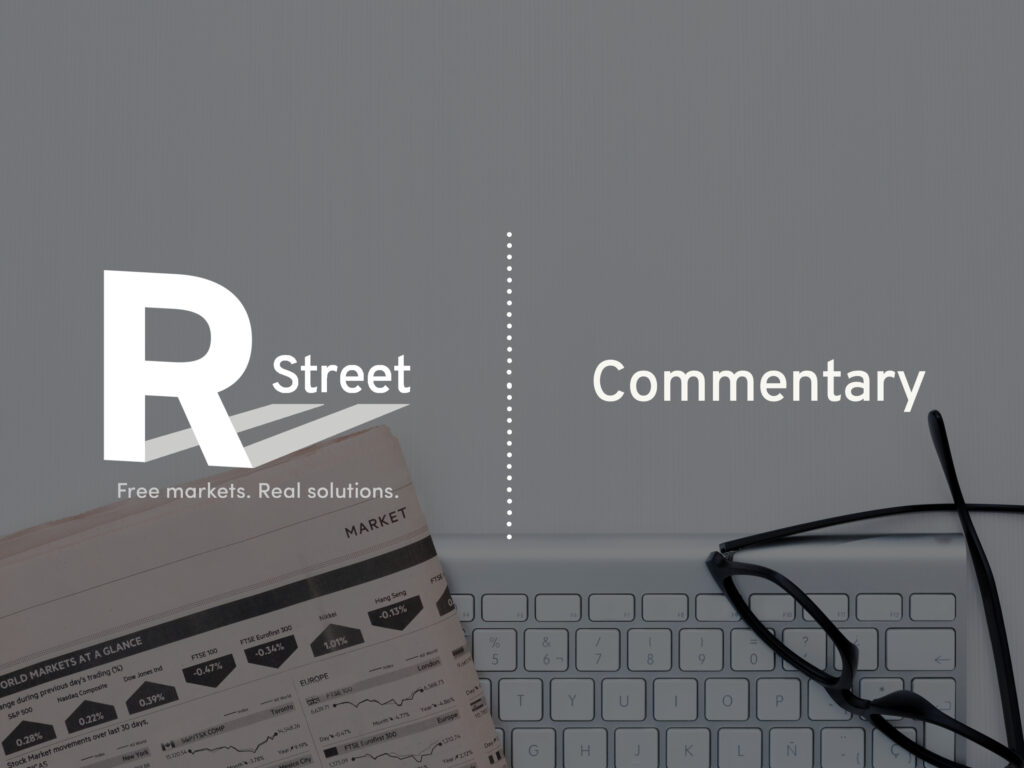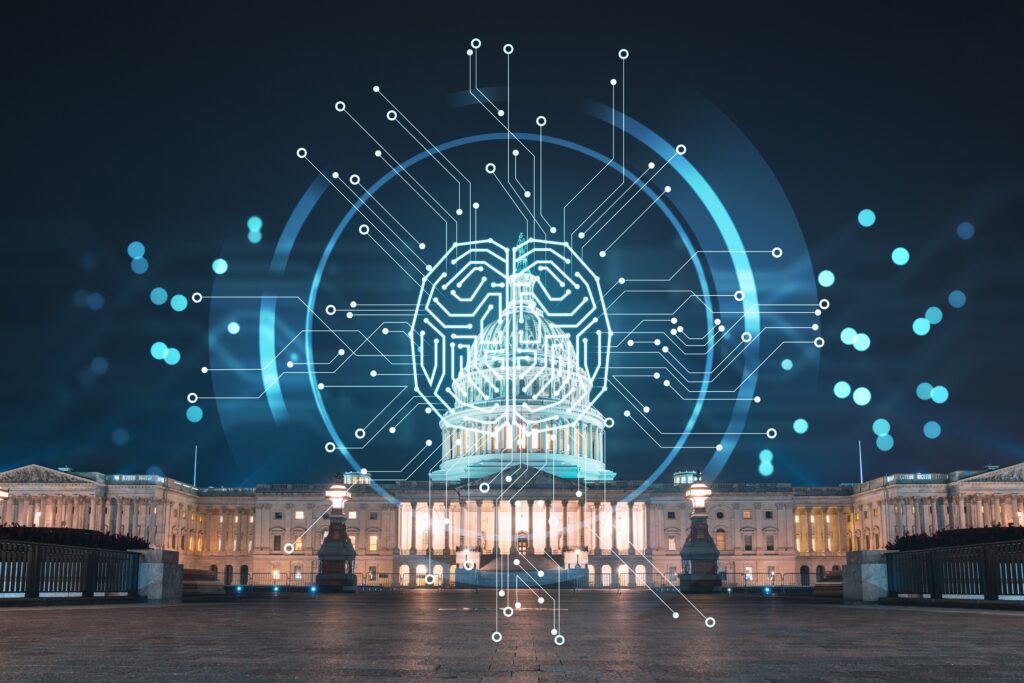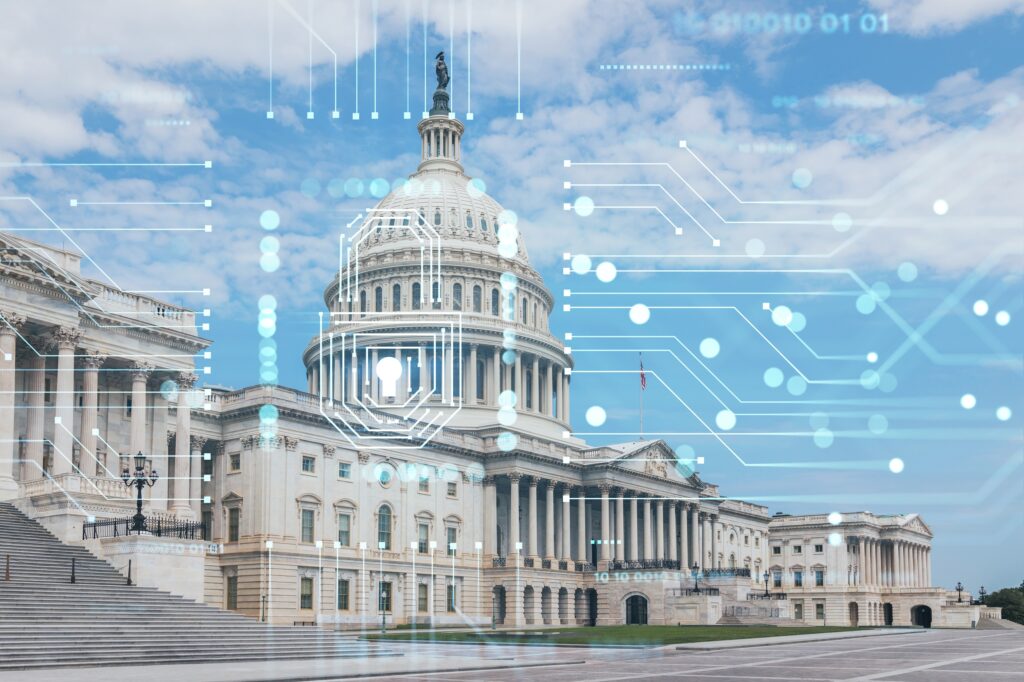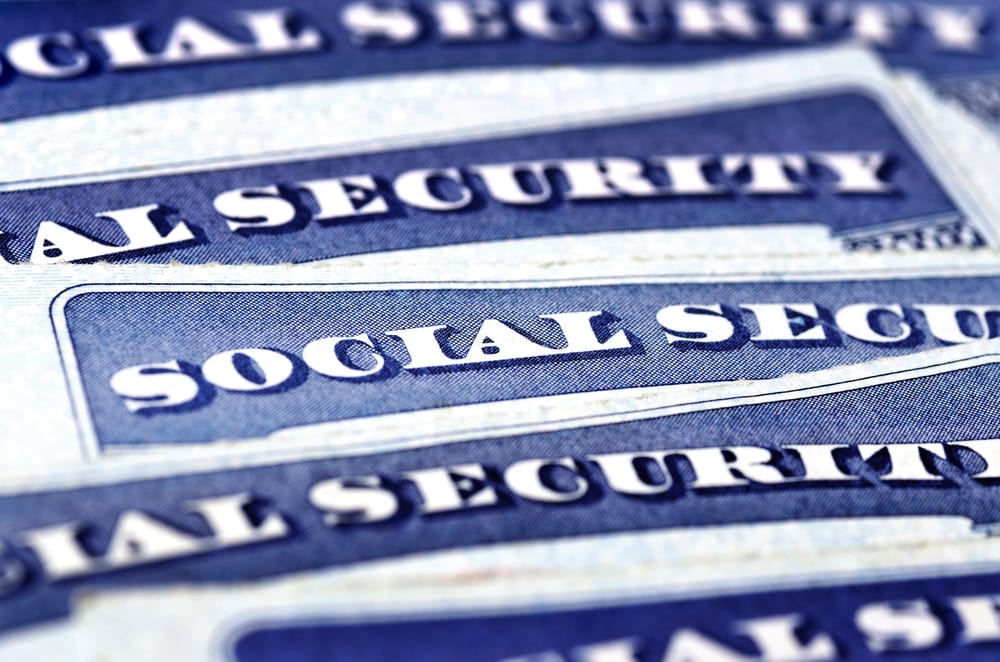United States International Trade Commission
AGENCY:
U.S. International Trade Commission.
SUMMARY:
Notice is hereby given that the U.S. International Trade Commission (the “Commission”) has determined that no violation of Section 337 of the Tariff Act of 1930 (“Section 337”), has been proven in the above-captioned investigation and accordingly no remedial orders shall be issued, which renders moot any issues of remedy, the public interest, or bonding. The investigation is terminated…
SUPPLEMENTARY INFORMATION:
On August 14, 2017, the Commission instituted this investigation based on a Complaint and amendment thereto filed by Qualcomm Incorporated of San Diego, California (“Qualcomm”). 82 FR 37899 (Aug. 14, 2017). The Complaint alleged that 19 U.S.C. 1337, as amended (“Section 337”), has been violated by way of importation into the United States, sale for importation, or sale within the United States after importation of certain mobile electronic devices and radio frequency and processing components thereof that infringe one or more claims of U.S. Patent No. 9,535,490 (“the ‘490 patent”), U.S. Patent No. 8,698,558 (“the ‘558 patent”), U.S. Patent No. 8,633,936 (“the ‘936 patent”), U.S. Patent No. 8,838,949 (“the ‘949 patent”), U.S. Patent No. 9,608,675 (“the ‘675 patent”), and U.S. Patent No. 8,487,658 (“the ‘658 patent”). The notice of investigation named Apple Inc. of Cupertino, California (“Apple”) as Respondent. The Commission also named the Office of Unfair Import Investigations (“OUII”) as a party.
The Commission, following Qualcomm’s motions, partially terminated the investigation with respect to the following claims and patents: All asserted claims of the ‘658, ‘949, and ‘675 patents; claims 1, 20-24, 26, 38, 67, and 68 of the ‘936 patent; claims 1, 6, and 8-20 of the ‘558 patent; and claims 1-6, 8, 10, and 16-17 of the ‘490 patent. Comm’n Notice (July 17, 2018) (aff’g Order No. 43); Comm’n Notice (May 23, 2018) (aff’g Order No. 37); Comm’n Notice (May 9, 2018) (amending notice of investigation); Comm’n Notice (Apr. 6, 2018) (aff’g Order No. 34); Comm’n Notice (Mar. 22, 2018) (aff’g Order No. 24); Comm’n Notice (Sept. 20, 2017) (aff’g Order No. 6). The only claims that remain at issue in this investigation are claim 31 of the ‘490 patent, claim 7 of the ‘558 patent, and claims 19, 25, and 27 of the ‘936 patent.
The ALJ held an evidentiary hearing from June 19-27, 2018. On September 28, 2018, the ALJ issued a combined initial determination (“ID”) on violation issues and recommended determination (“RD”) on remedy, the public interest, and bonding in this investigation. The ID found a violation of Section 337 due to infringement of the ‘490 patent. ID at 197. The ID found no infringement and hence no violation of Section 337 with respect to the ‘558 patent or the ‘936 patent. Id. The ID found that Qualcomm satisfied the technical and economic prongs of the domestic industry requirement with respect to the ‘490 patent, but did not satisfy the technical prong with respect to the ‘558 patent or the ‘936 patent. Id. The ID also found that it was not shown by clear and convincing evidence that any asserted claim was invalid. Id. The ALJ further recommended that no limited exclusion order or cease-and-desist order be issued in this investigation due to their prospective effects on competitive conditions in the United States, national security, and other public interest concerns. RD at 199-200. The ALJ recommended that bond be set at zero-percent of entered value during the Presidential review period, if any. Id. at 201.
Apple and Qualcomm filed their respective petitions for review on October 15, 2018. The parties, including OUII, filed their respective responses to the petitions on October 23, 2018. The parties also filed their submissions on the public interest on October 31, 2018. Intel Corporation, an interested third party, submitted its comments on the public interest on November 8, 2018.
On December 18, 2018, the Commission determined to review the final ID in part with respect to certain findings regarding the ‘490 patent. 83 FR 64875 (Dec. 18, 2018). The Commission determined to review the ID’s construction of the term “hold” and its findings on infringement and the technical prong of domestic industry to the extent they may be affected by that claim construction. Id. at 64876. The Commission further determined to review the ID’s findings as to whether claim 31 of the ‘490 patent is invalid as obvious. Id. at 64876-77. The Commission determined not to review any of the ID’s findings with respect to the ‘558 patent, the ‘936 patent, or the economic prong of the domestic industry requirement. Id. at 64876.
In the same notice, the Commission asked the parties to brief issues of remedy, the public interest, and bonding. Id. at 64877. The Commission also invited members of the public and interested government agencies to comment on the RD’s findings on the public interest, remedy, and bonding. Id. The Commission received a number of public interest statements from third parties, including but not limited to Intel Corporation; ACT/The App Association; the American Antitrust Institute; the American Conservative Union; Americans for Limited Government; the Club for Growth; the Computer and Communications Industry Association; Conservatives for Property Rights; Frances Brevets; Frontiers of Freedom; Innovation Alliance; Inventors Digest; IP Europe; Public Knowledge and Open Markets (a joint submission); R Street Institute, the Electronic Frontier Foundation, Engine Advocacy, and Lincoln Network (a joint submission), et al.; RED Technologies; TiVo; certain members of the U.S. Senate and the U.S. House of Representatives; Hon. Paul Michel, former Chief Judge, U.S. Court of Appeals for the Federal Circuit; and various professors of law or economics.
On March 19, 2019, while Commission review was ongoing, the parties informed the Commission of a jury verdict in a parallel lawsuit in the U.S. District Court for the Southern District of California, Qualcomm Inc. v. Apple Inc., Case No. 3:17-cv-01375 (S.D. Cal.). See Letter of D. Okun to D. Johanson, Chairman, U.S. International Trade Commission of March 19, 2019 (“Qualcomm Letter”); Respondent Apple Inc.’s Request for Leave to Submit a Supplemental Response to Question D of the Commission’s Questions on the Public Interest (“Apple Request”). The jury found that the accused Apple iPhones infringe three Qualcomm patents. Qualcomm Letter at 1-2. Two of those three patents, the ‘490 and ‘936 patents, are also part of this investigation. Id. The jury was not asked to determine, nor did it determine, whether any claim of the ‘490, ‘936, or ‘949 patents is invalid as obvious. Id.
In view of the jury’s verdict and damages award, Apple requested leave to supplement its response to the Commission’s Question D on public interest, as set forth in the Commission’s notice of partial review. See 83 FR at 64877. Qualcomm filed an opposition to Apple’s request. The Commission has determined to grant Apple’s request for the limited purpose of supplementing the record with respect to the jury’s verdict. Neither Apple’s nor Qualcomm’s submissions affect the outcome of this investigation or any issue decided by the Commission.
On review of the submissions from the parties and the public, the prior art, the ID, and the evidence of record, the Commission has determined: (1) The term “hold” in claim 31 of the ‘490 patent means “to prevent data from traveling across the bus, or to store, buffer, or accumulate data”; and (2) Apple has shown by clear and convincing evidence that claim 31 of the ‘490 patent is invalid as obvious over U.S. Patent No. 9,329,671 (Heinrich) in combination with U.S. Patent No. 8,160,000 (Balasubramanian), which reflects knowledge in the art.
The Commission previously declined to review, and therefore adopted, the ID’s finding that there is no infringement of either of the other two patents asserted in this investigation, the ‘558 patent or the ‘936 patent. 83 FR at 64876. Accordingly, the Commission has concluded that Complainant has not shown a violation of Section 337 and no remedial orders shall be issued, which renders moot any issues of remedy, the public interest, or bonding.
The authority for the Commission’s determination is contained in Section 337 of the Tariff Act of 1930, as amended (19 U.S.C. 1337), and in part 210 of the Commission’s Rules of Practice and Procedure (19 CFR part 210).
By order of the Commission.
Issued: March 26, 2019.
Katherine Hiner,
Acting Secretary to the Commission.
[FR Doc. 2019-06209 Filed 3-29-19; 8:45 am]
Read the entire news release and report here.








